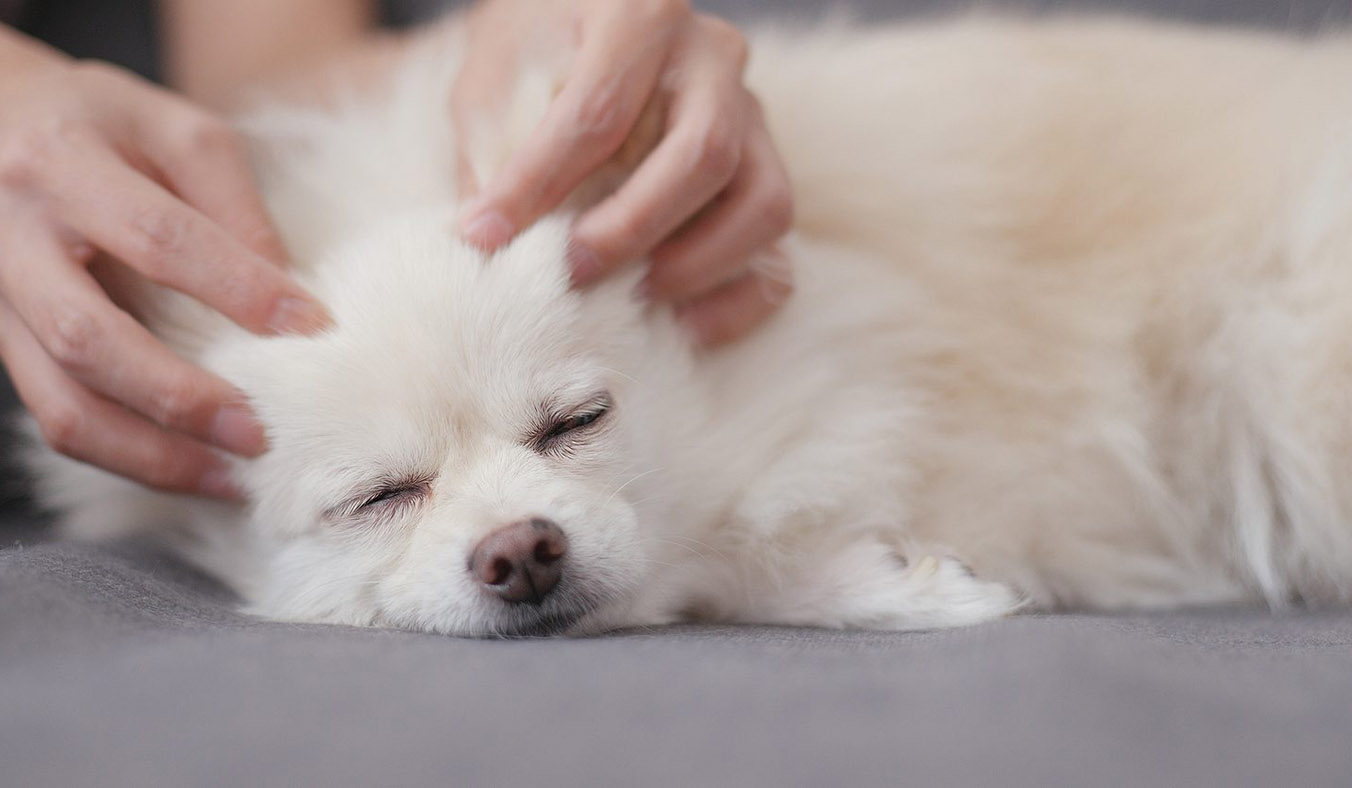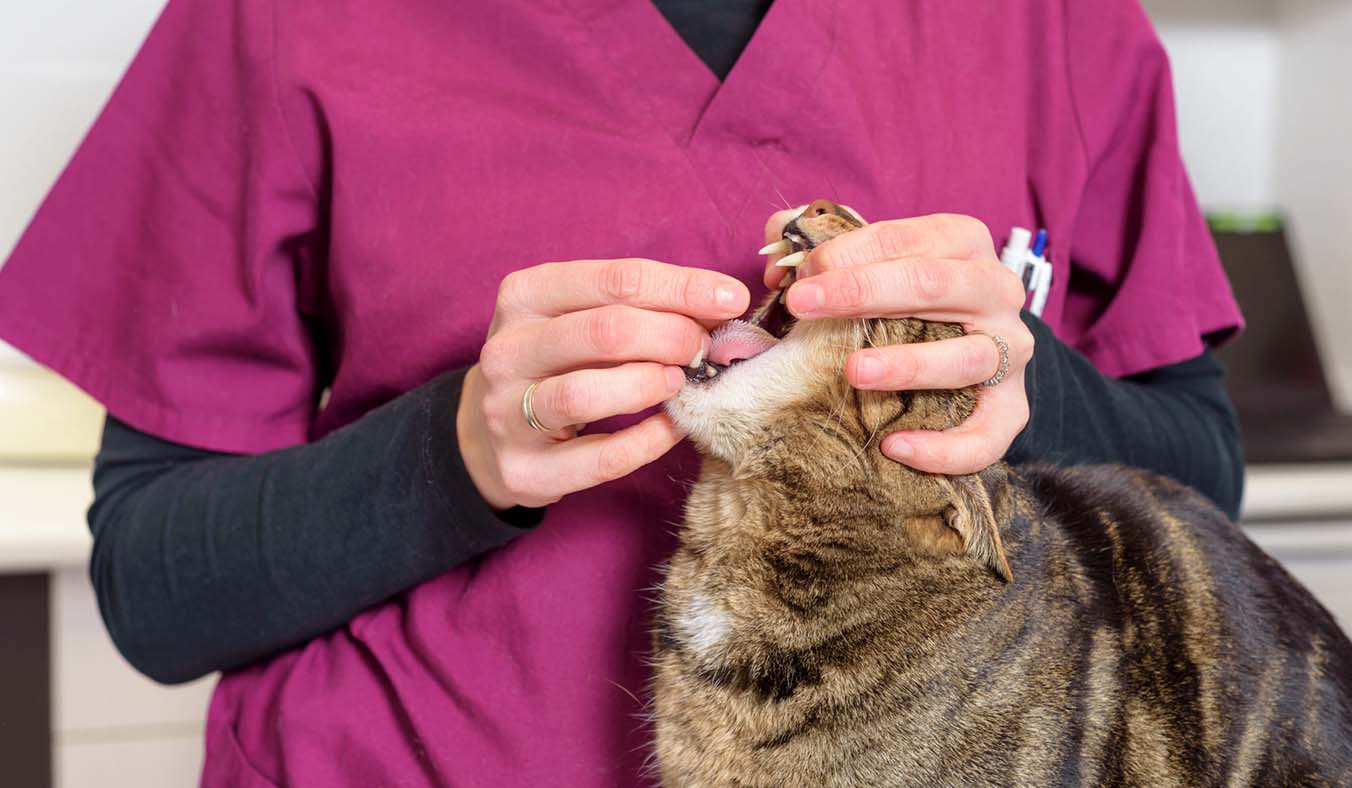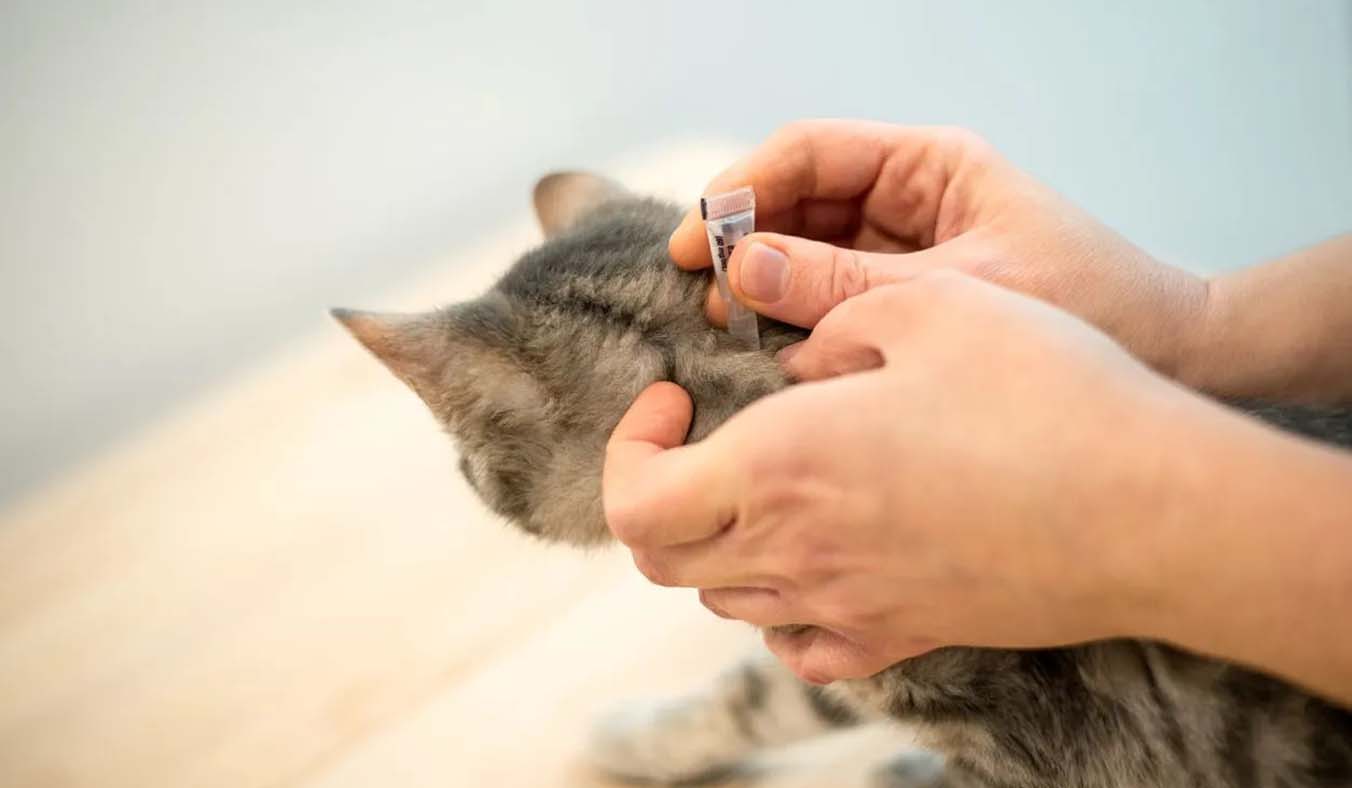A relaxing massage for your dog, a therapeutic massage, or perhaps a massage for a dog suffering from disc disease? Discover when it’s worthwhile and how to massage your dog to keep them healthy, calm, and happy.
Massage for dogs—just like for humans—can serve many purposes: promoting healing, rehabilitation, soothing, and relaxation. Learn when it’s helpful to seek out a canine massage therapist and what we can do ourselves for our dog.
When Should You Perform a Therapeutic Massage for Your Dog?
Therapeutic massage complements traditional pharmaceutical and surgical treatments and should always be recommended by a veterinarian. The list of veterinary indications is quite extensive and includes, among others, post-traumatic and post-operative scars, overuse pain, Legg-Calve-Perthes disease, disc disease, hip dysplasia, obesity, habitual patellar dislocation, neuralgia, paresis, swelling, paralysis, chronic circulatory insufficiency, chronic inflammation of joints and muscles, post-traumatic states and contusions, muscle atrophy due to inactivity or hypotonia, muscle fiber ruptures, cauda equina syndrome, and osteoarthritis.
Massage for dogs with disc disease and joint massage is particularly appreciated. These types of massages complement the long process of managing the health and comfort of a dog suffering from such painful conditions.
Therapeutic massage is an essential part of canine physiotherapy, and, at the same time, it is generally very well tolerated by most four-legged dogs. Thus, we should use it frequently when we notice that our dog’s body requires it, whether due to injury, illness, or simply the effects of aging.
Calming Massage for Your Dog
In addition to its effects on the dog’s muscles and tendons, massage—just like for humans—can have a significant impact on a dog’s psyche. When performed properly, it will calm your dog, soothe them, and lift their spirits. It can be performed by a specialized canine massage service or by you. What’s the difference between a massage and a simple petting? First of all, the hand movements should be circular and gentle, and the areas to be massaged should be done in the right order. The massage begins with the head, followed by the neck, shoulders, chest, front legs, back, abdomen, and finally the hind legs.
Massaging each part of the dog’s body has a different effect on various internal organs. For instance:
- Massaging the ears helps combat stress.
- Massaging the dog’s paws improves their confidence.
- Massaging the head affects the nervous system and digestion.
- Abdominal massage can assist with digestive issues.

How to Massage Your Dog’s Belly? How to Massage Your Dog’s Ears?
In principle, all parts of the dog’s body can be massaged in the same way, with circular movements, preferably in a clockwise direction. Of course, this applies to massages that we perform ourselves—the rehabilitation massages performed by specialists may have a completely different approach. However, if you are massaging your dog yourself, remember the principle “first, do no harm”—the massage should be a pleasurable experience for your dog. Start with a light touch and gradually increase its intensity, while constantly observing your dog’s reaction. Some dogs enjoy firmer or even stronger touches. In such cases, practice plays a key role, and it’s worth taking the time to learn, along with your dog, what type of touch brings the most pleasure.
TTouch Massage Technique for Dogs
The TTouch massage technique is designed to relax tension in the dog, enhance their sensitivity to touch, mobilize their body cells and brain waves, which helps the dog recover and increases their training potential.
The actual massage involves performing appropriate movements with three fingers—the index, middle, and ring fingers—on various parts of the dog’s body. It can be done by virtually any dog owner at home, with a few instructions.
The basic technique consists of making circular movements with the fingers, in a clockwise direction, on different points of the dog’s body. The exact size of the circle should be adapted to each dog—some dogs may even prefer a full-hand massage or a more intense fingertip massage. In general, dogs tend to enjoy a massage of the neck and back, but the forehead and areas close to the base of the ears are also sensitive spots.
This type of massage is used to treat illnesses or injuries, or simply to improve the quality of life for a dog.
Can You Perform the Massage Yourself or Should You Rely on a Specialist?
It all depends on the purpose of the massage. If it is a rehabilitation or therapeutic massage, it is essential to rely on a specialist. Only a professional can ensure the massage is done in a way that truly delivers therapeutic benefits.
However, there is nothing stopping us from performing a relaxing massage for our dog ourselves, such as using the TTouch technique. In this case, the massage also becomes a tool to build trust and strengthen the bond between the dog and the person taking care of them. Additionally, the time spent massaging will relax not only the dog but also the owner, who will certainly feel the boost of endorphins from the contact with the dog and their energy.

The Importance of Massaging Your Dog for Health and Wellbeing
Massage plays a crucial role in maintaining the health, comfort, and emotional wellbeing of your dog. Whether it’s for therapeutic purposes or simple relaxation, it can be beneficial in multiple ways.
If you are unsure whether your dog needs a professional massage, consider observing their behavior. If your dog has specific health issues or shows signs of discomfort, it is highly advisable to consult a professional. But for general relaxation and stress relief, performing a calming massage at home can be a wonderful addition to your dog’s routine.
By using the right techniques and approaches, you can help your dog feel more relaxed, pain-free, and emotionally balanced, while also strengthening your relationship with them through these soothing moments.



